Museo Pedro de Osma, Lima
A review of the Museo Pedro de Osma in Lima. This private collection is an exceptional introduction to the distinctive style of the Cusco School, as well as the pleasant life of Lima’s early 20th Century elite in their seaside mansions.
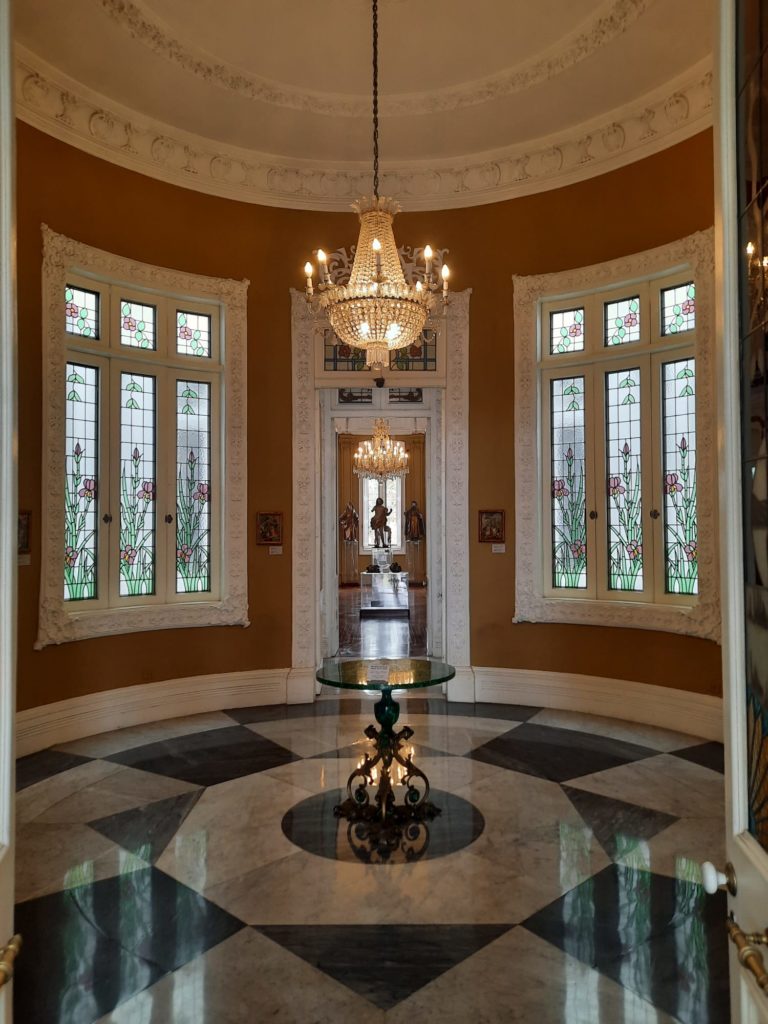
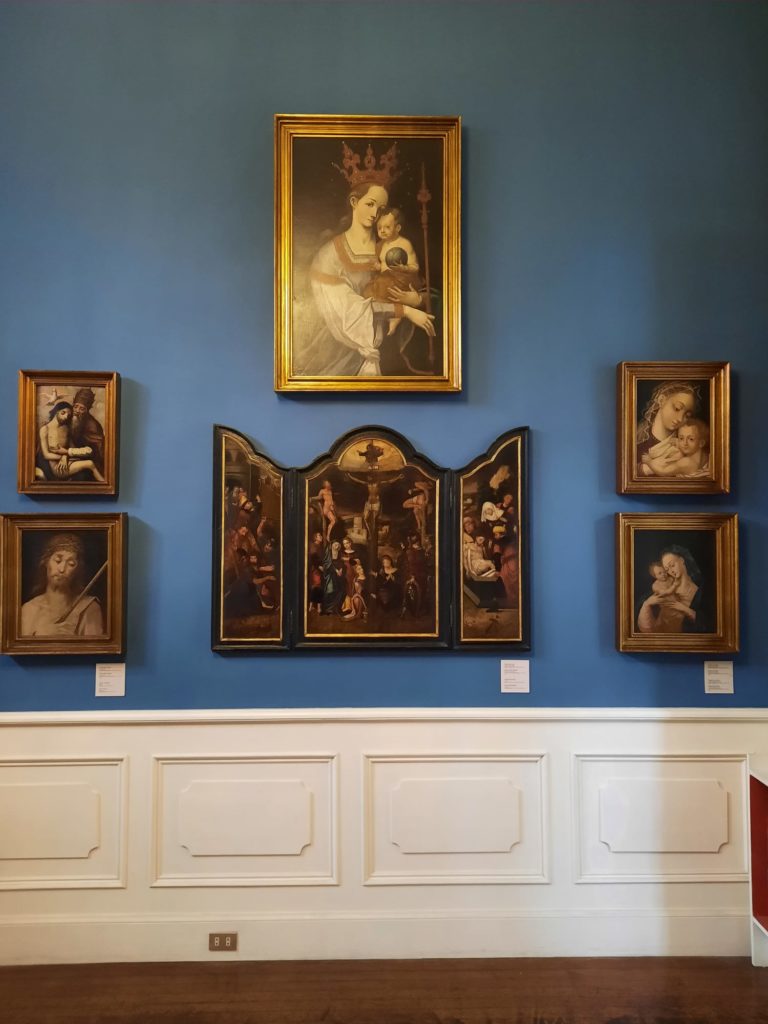

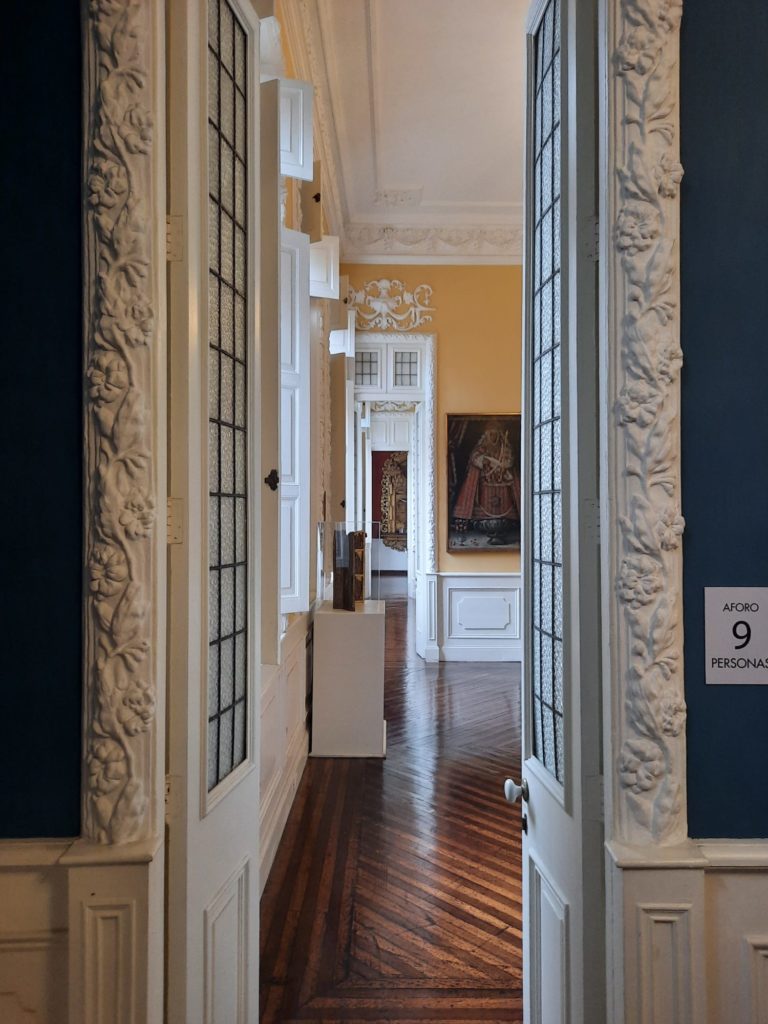
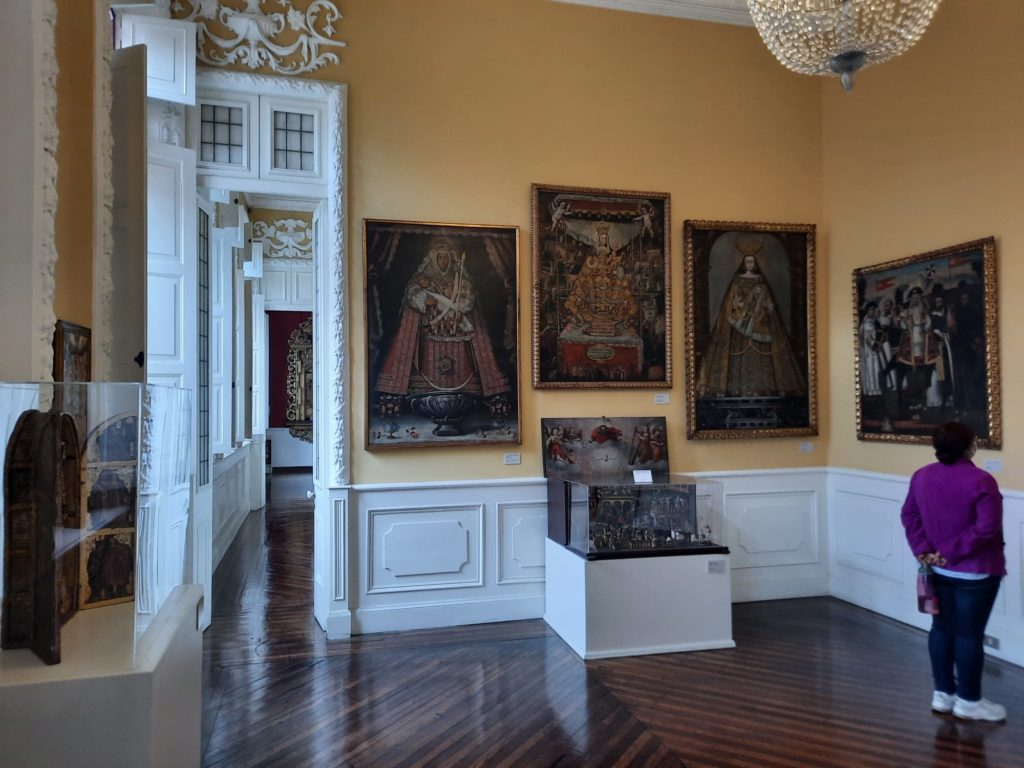
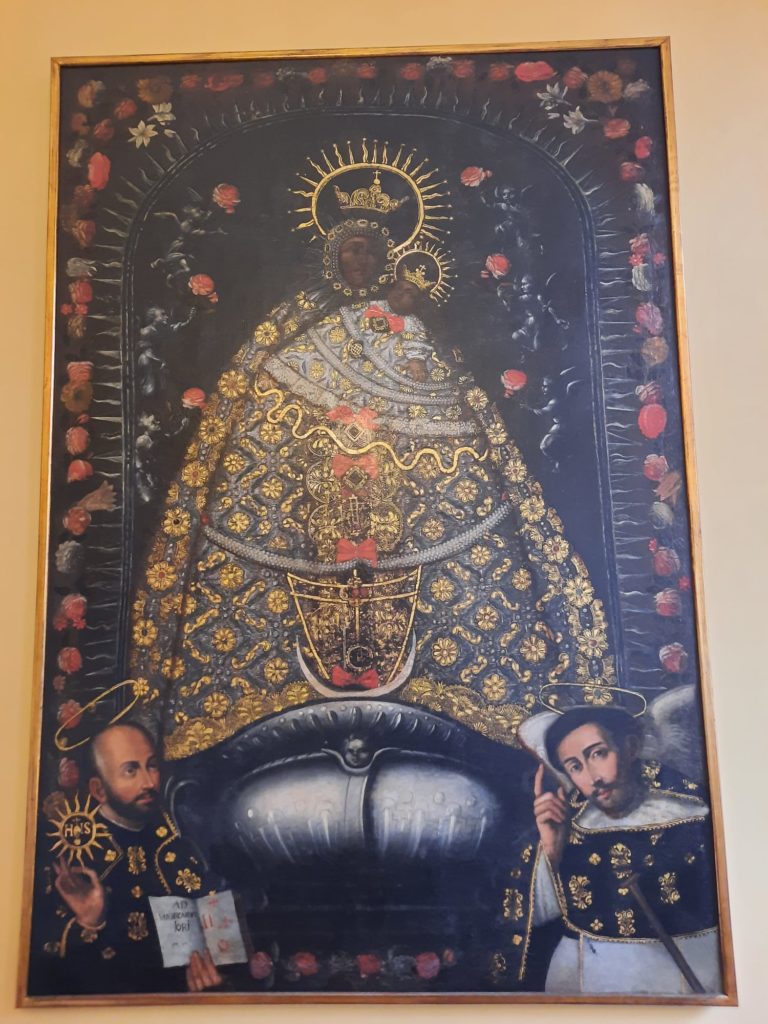
Pedro de Osma And His Museum
In my first post about my recent visit to Peru, I wrote about Lima and included a section on Barranco. Now a fairly central suburb with an arty, alternative vibe, a century ago Barranco was a separate town, known as a summer retreat for wealthy families. Their mansions – some dilapidated and some well-maintained – are part of Barranco’s charm today.
The Museo Pedro de Osma, which is in the eponymous art collector’s own Barranco summer home, gives a sense of this lifestyle. The families must have enjoyed a vibrant social life as well as enjoying the seaside air. Do you know how I know that? There’s a separate (light, airy, spacious) dining pavilion out the back! De Osma, a prominent lawyer and politician, built it in 1906. During his life, he generously and tirelessly shared his collection of otherwise unloved Viceregal art with anyone who showed an interest. After his and his wife’s deaths, a foundation continues to diffuse the collection as well as engage in social projects. The museum opened by appointment in 1988, and fully opened to the public in 1996. In 2004 an additional hall opened, dedicated to works in silver. And in 2017 a permanent space to display pre-Columbian art.
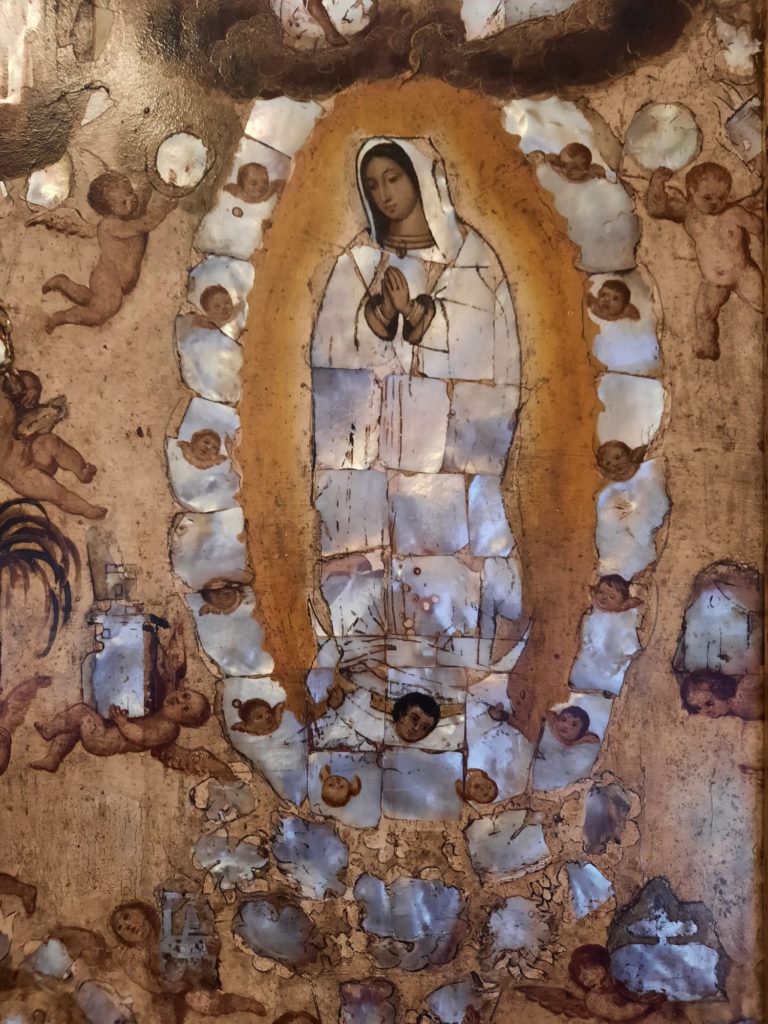
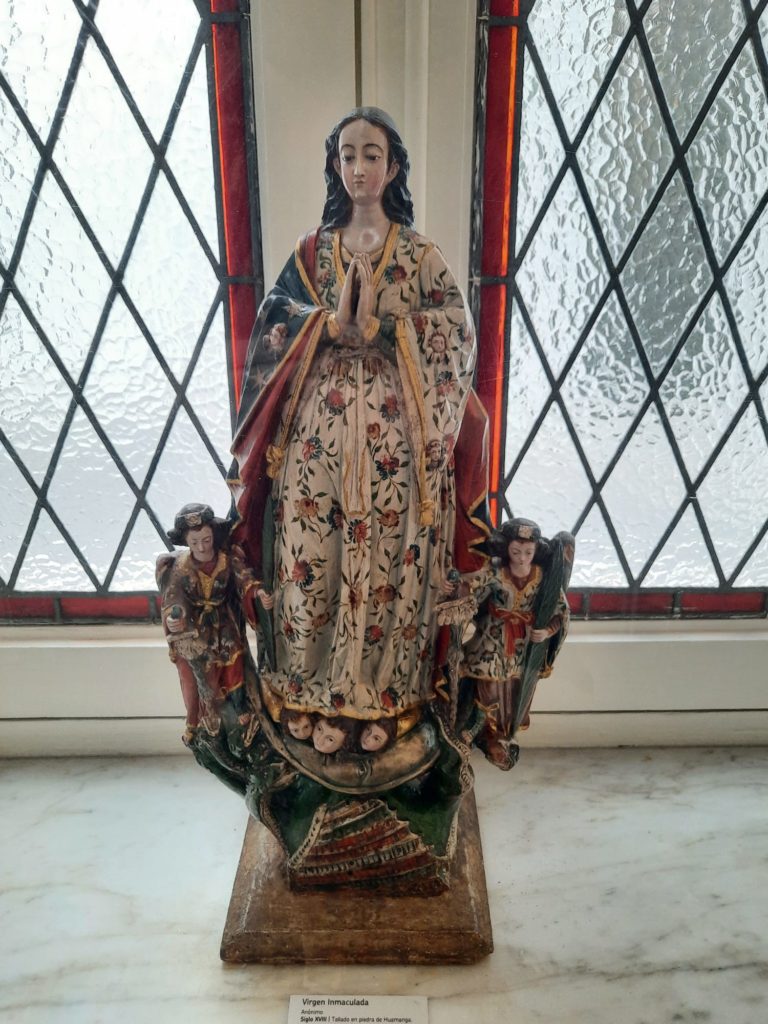
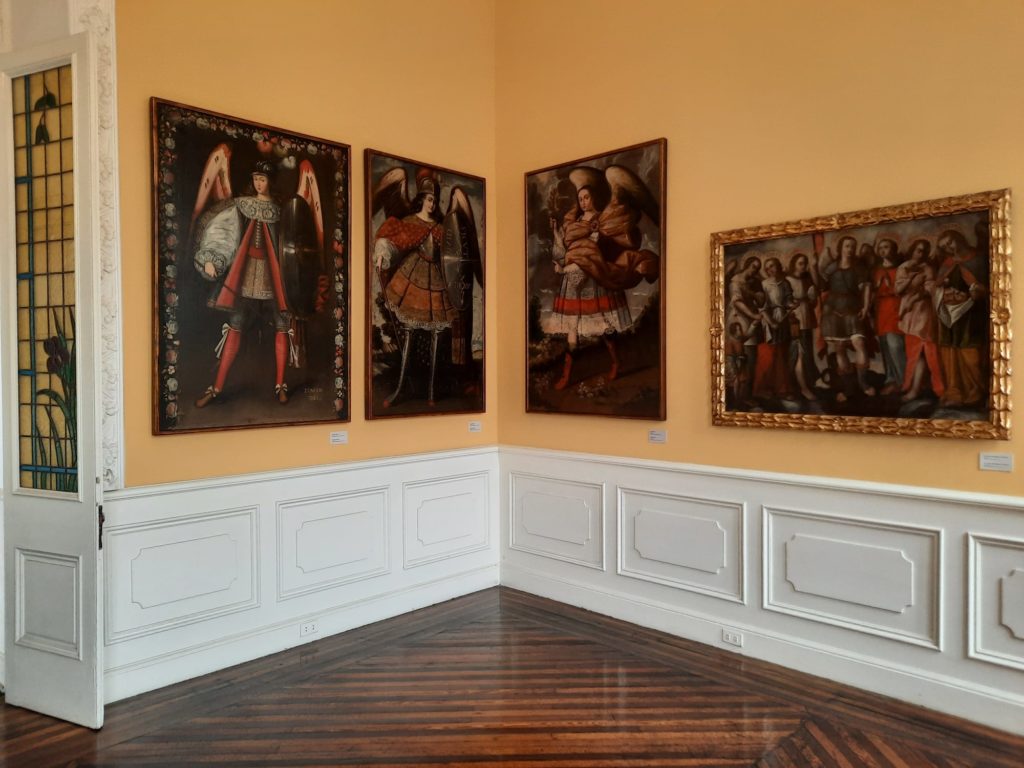

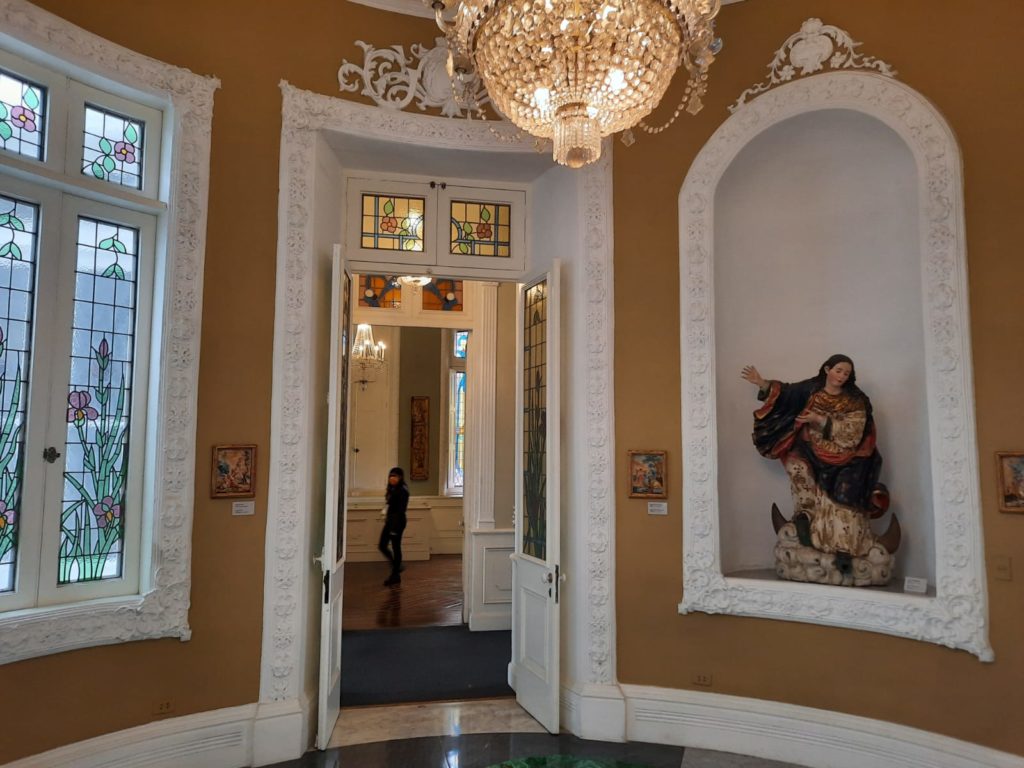
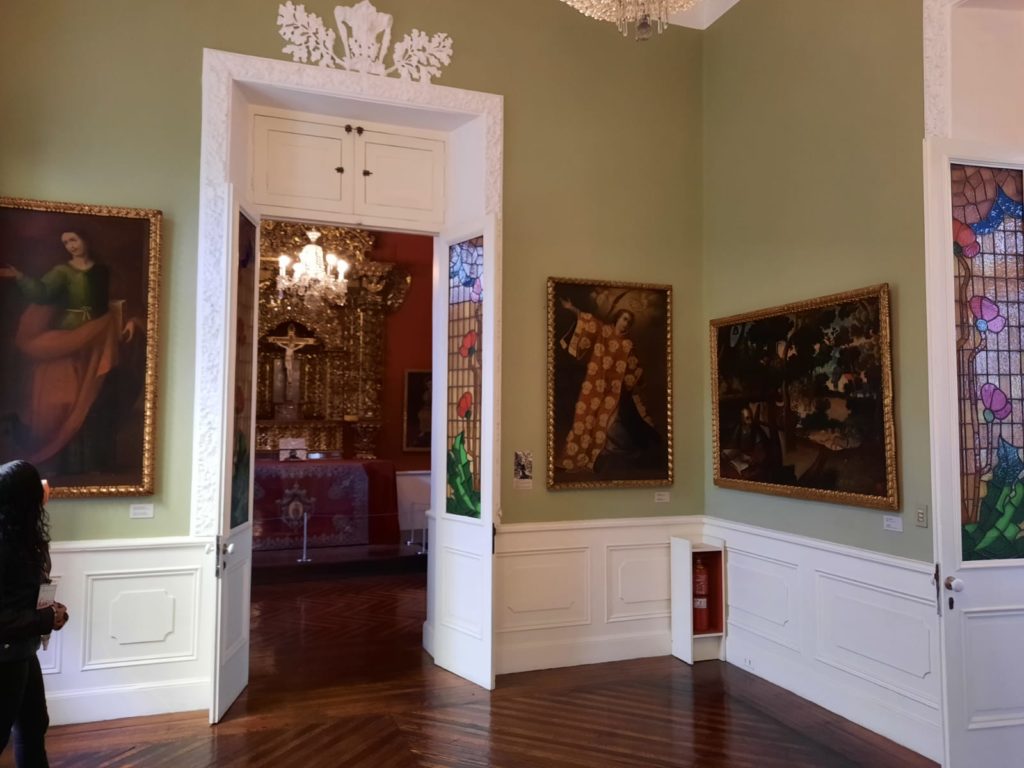
What Is Viceregal Art, Anyway?
The Viceregal Period of history in Peru largely aligns with what we would refer to as the colonial period. In Peru there is a slightly more specific connotation, though. They distinguish between the initial period of the Spanish Conquest, and the much longer period from 1542 to 1821 when a Viceroy appointed by the Spanish Crown governed an imperial administrative district with its capital in Lima. At certain periods this was a much larger territory than present-day Peru. Essentially colonial rule, though.
In art, some interesting things happened during this period. The Inca Empire (and earlier Peruvian cultures) had well-developed artistic traditions. In the early colonial period, European artists (particularly Italian for some reason) were brought in to fulfil commissions for local churches and patrons. Local artists, however, soon adapted to this style. In 1688, a dispute over a triumphal arch caused the local artists to petition to work outside the Spanish artistic guild, citing discrimination and mistreatment. They were successful, and this is often seen as the genesis of the distinctive Cusco School.
The Cusco School, which is very well represented in the Museo Pedro de Osma, is characterised by a number of features. These include bright colours, flattened forms, and, perhaps most noticeably, a profusion of gold ornamentation. Indigenous symbolism was also fused with Western art historical tradition. For instance in any decent sized collection of colonial Peruvian art you will notice a high number of paintings of archangels. They generally fill the frame with their ostentatious clothing in the style of Spanish nobility, and soft, delicate faces and wings. This depiction made sense to local people, as they could connect it to images of pre-Hispanic bird warriors. All part of the missionary drive.
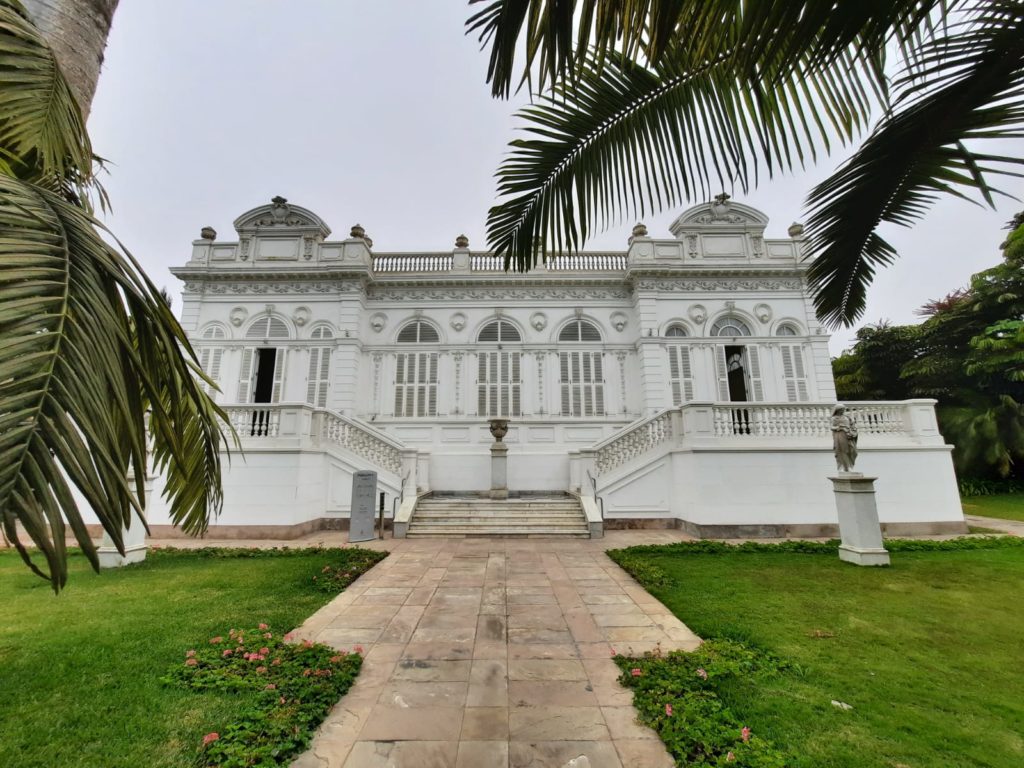
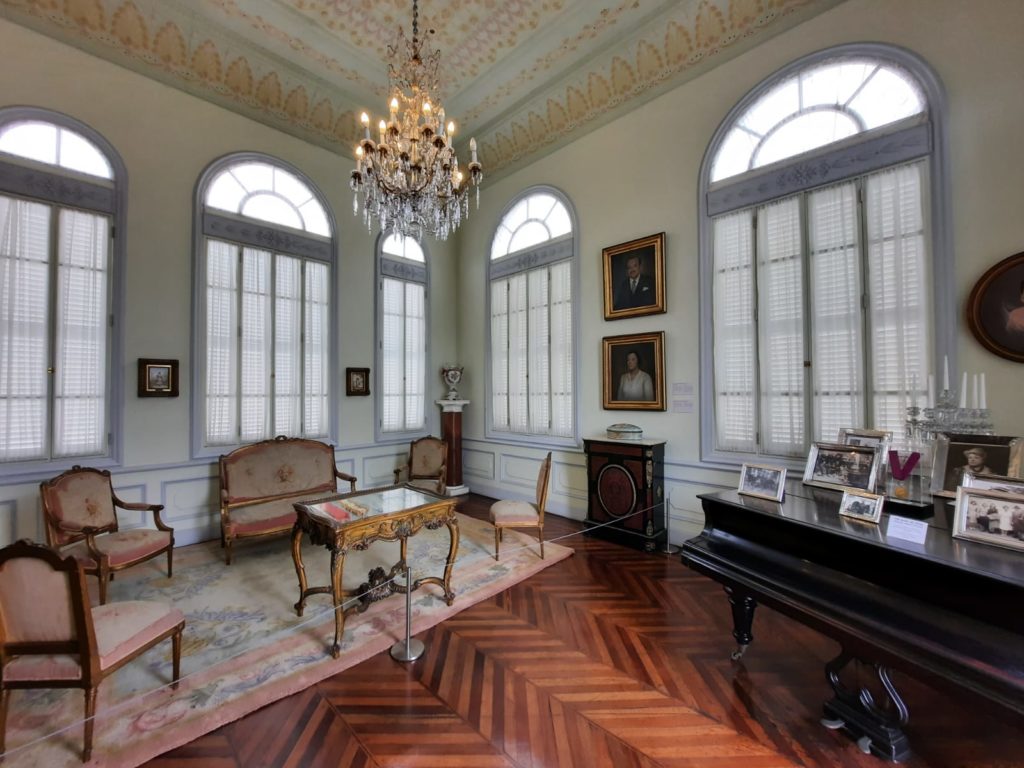
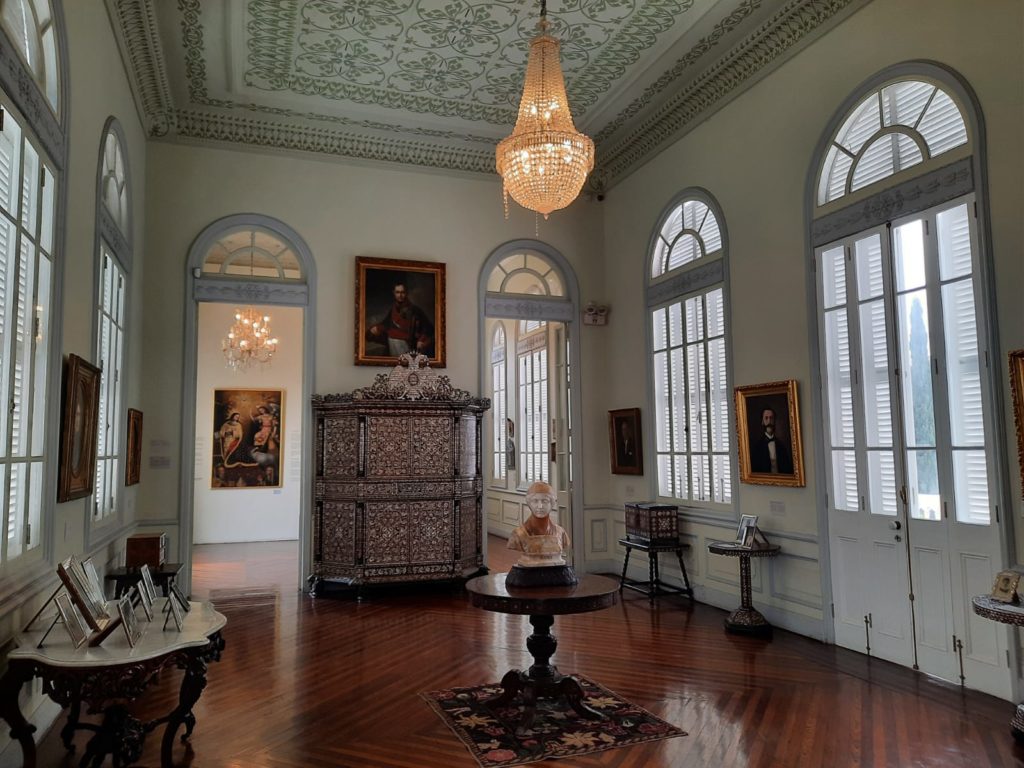
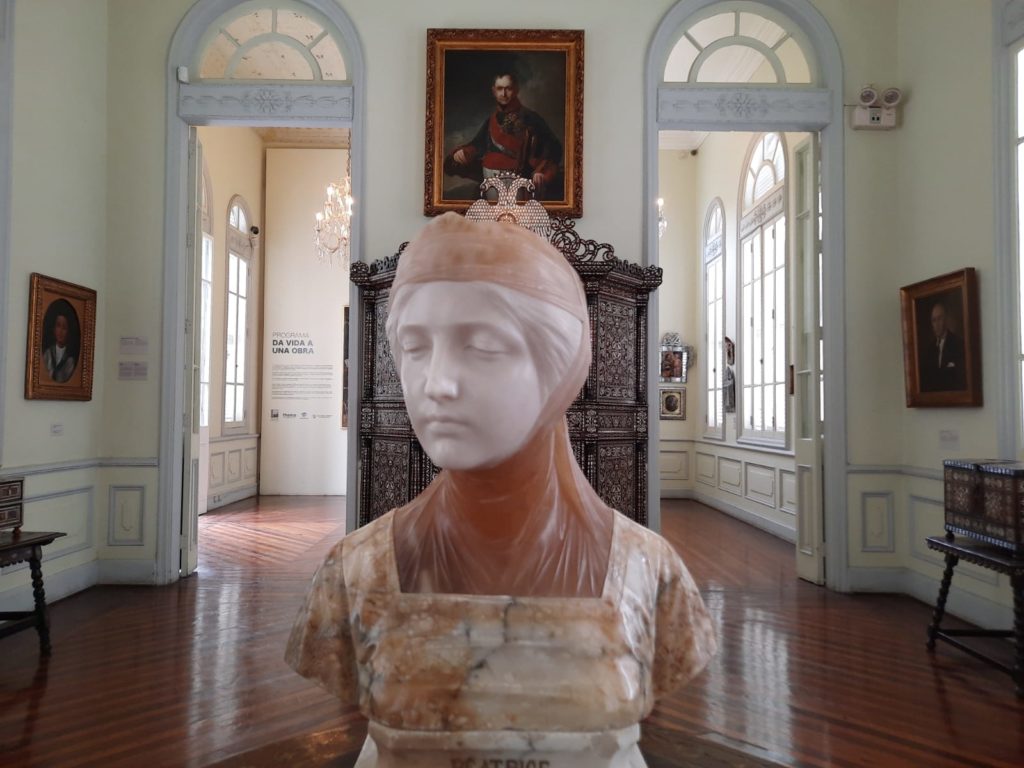
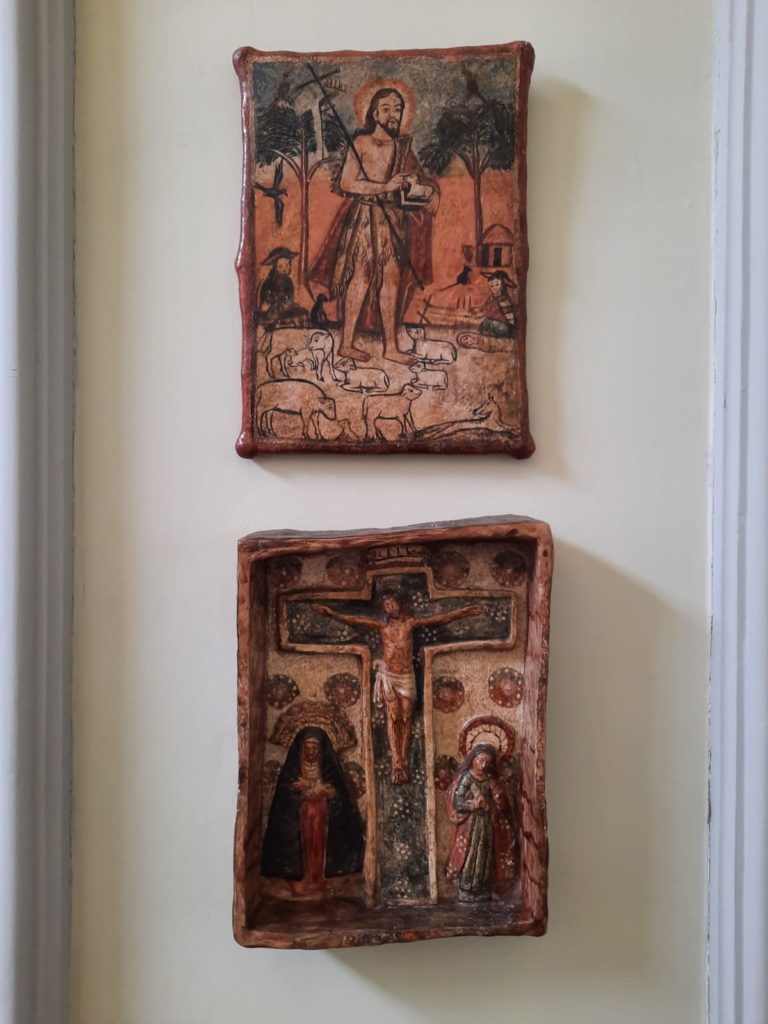
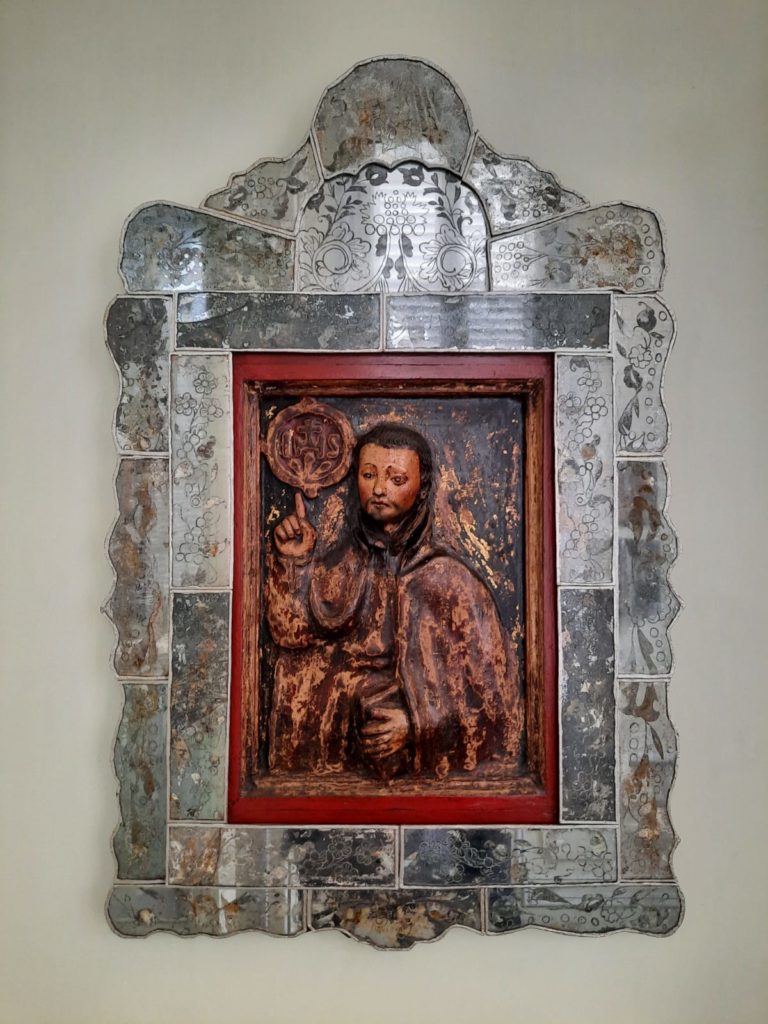
The Museo Pedro de Osma Collection
The Museo Pedro de Osma charts this art historical narrative. As a visitor you begin with the early European Mannerist art. There is then an extensive selection from the Cusco School as well as other Viceregal works in painting and sculpture. It’s actually a great spot to understand the art that you might see in Cusco’s churches; I definitely recommend a visit if you’re in Lima (and Barranco) before heading there. For the museologically-inclined, there’s also a room on the museum’s own conservation studio and their work to analyse and restore various artworks in their care.
As I mentioned, there is more than just the main house, however. The separate dining pavillion tells more of a personal story about the family. It also houses later artworks that don’t fit into the collection proper. The silver collection isn’t necessarily my thing, but is well-displayed. And I actually really liked the hall displaying pre-Hispanic art. Museums like the Museo Larco can be almost overwhelming in the volume of works on display. But this is small and self-contained but nonetheless interesting and informative. I believe it draws on a different private collection to tell this story.
It also delves into the connection to colonial art: in the Viceregal period, there was an indigenous component to the Peruvian elite. Documenting and disseminating an official Inca lineage was important to this status, and Western-style art was the way to achieve this. Some of the paintings on view tell this tale.

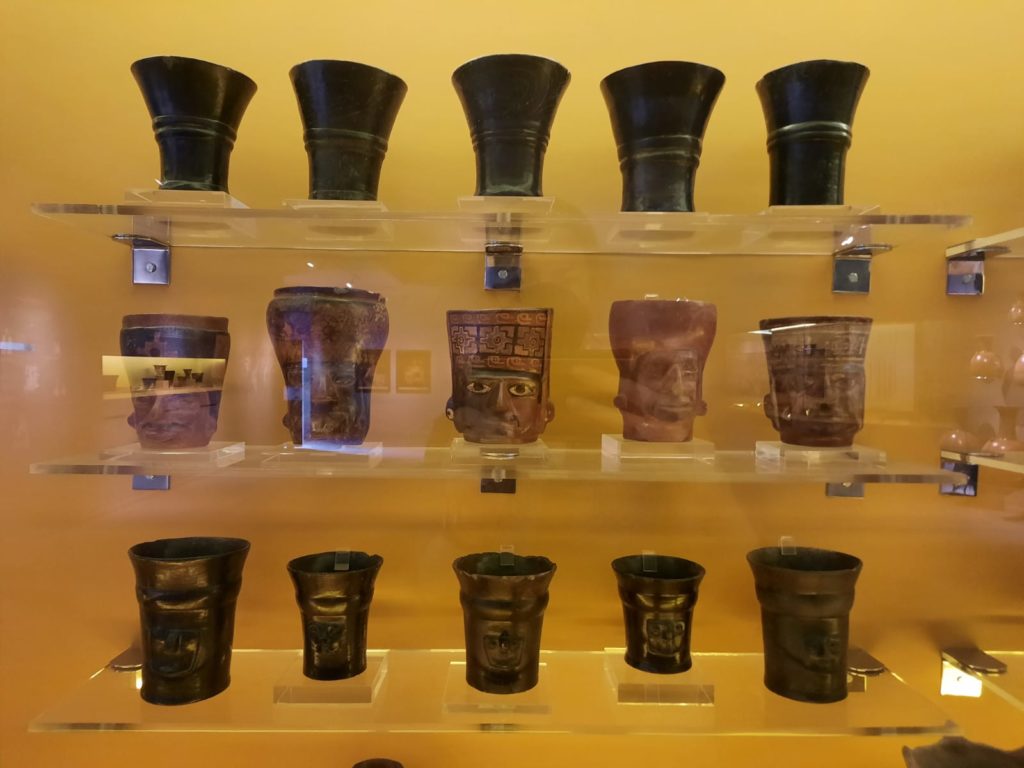
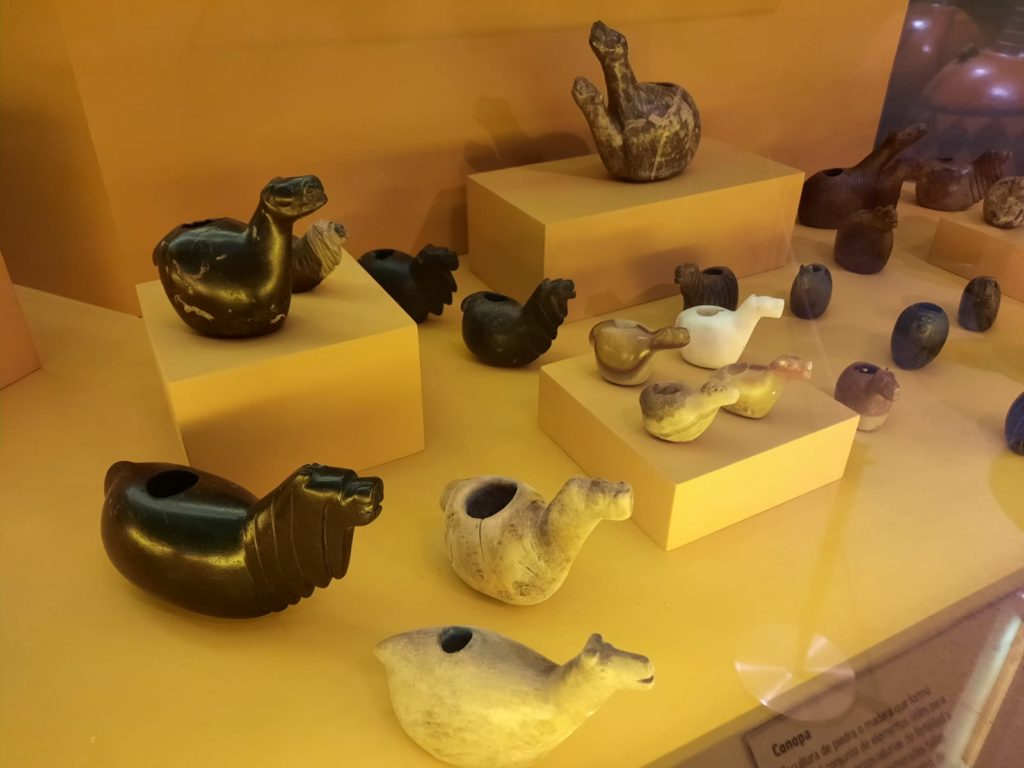
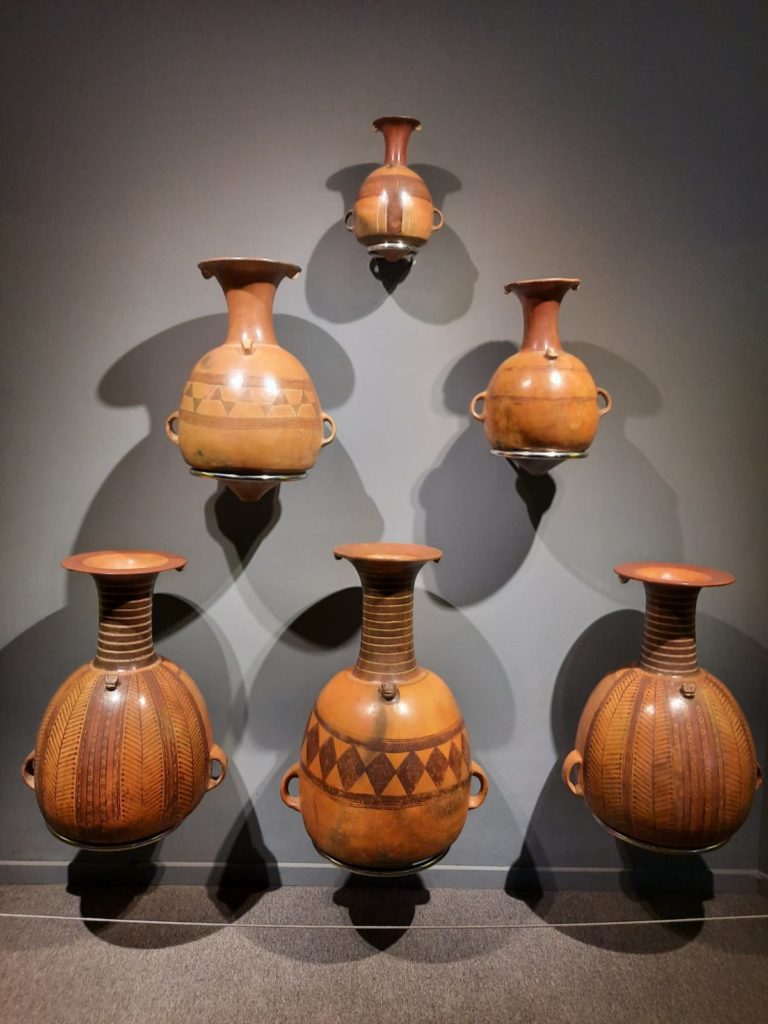
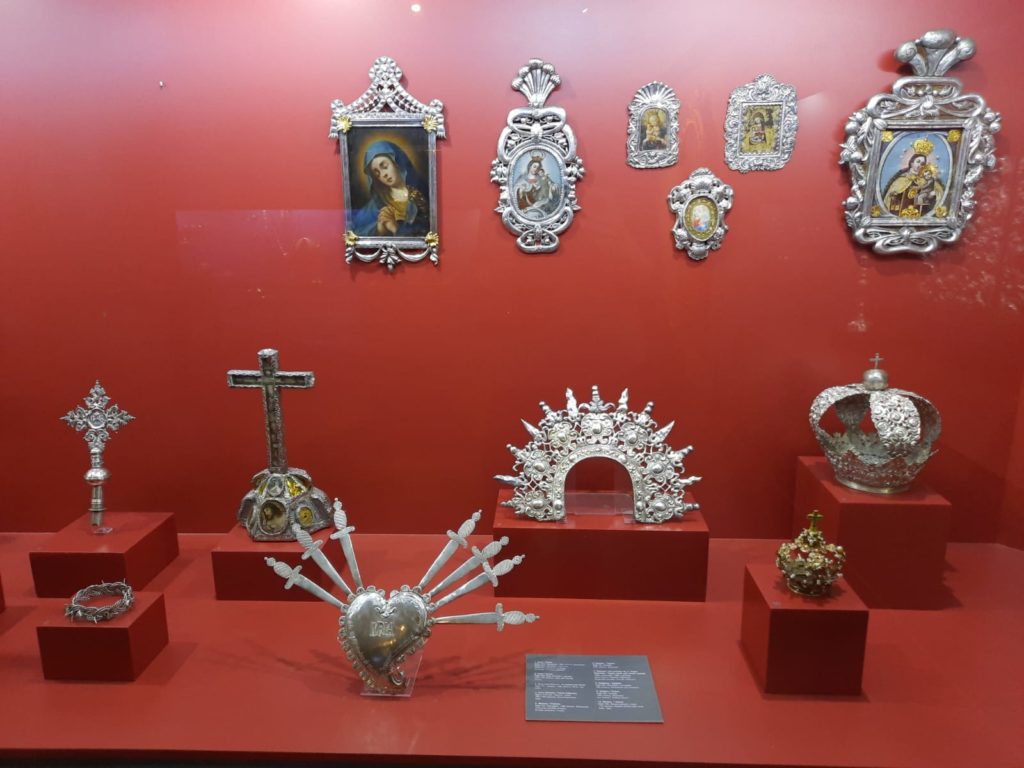
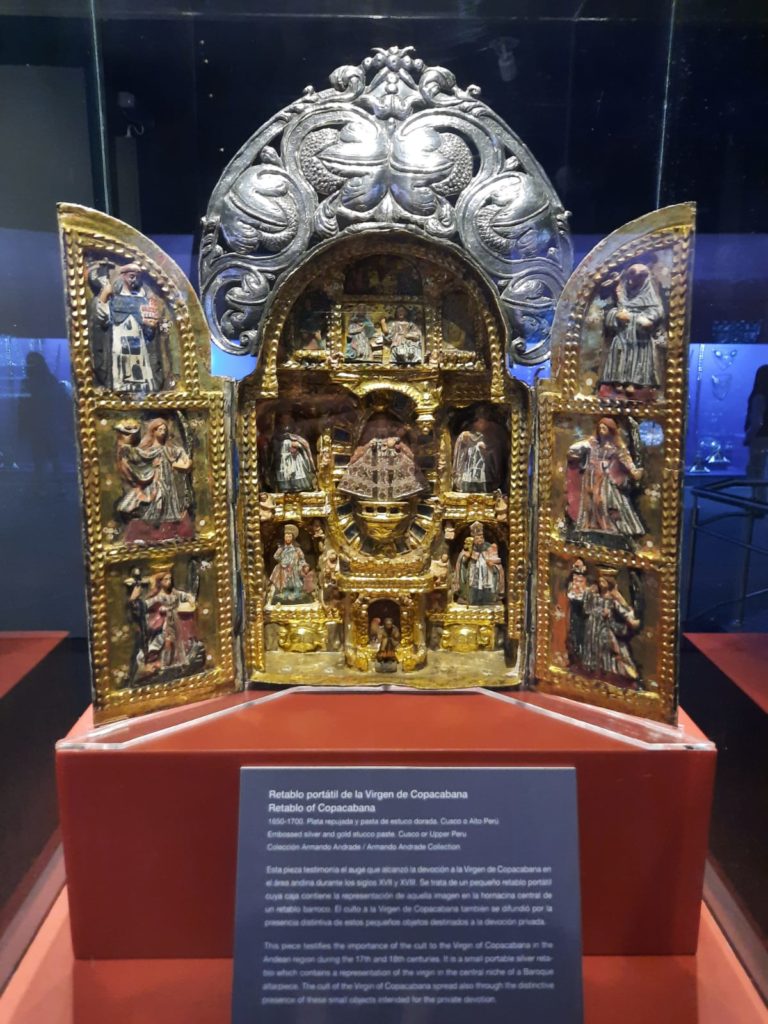
Final Thoughts on the Museo Pedro de Osma
Something that struck me when visiting this museum was the way in which Peruvians recognise and value the artistic output of their colonial/Viceregal period. Compare it, for instance to the ‘Company School’ in India. There are some undeniably exquisite works in this genre, but the colonial circumstances of its creation have hindered its reception by Indian audiences. Peruvian audiences, on the other hand, seem to really value the Cusco School. Perhaps its that there was more freedom in its creation. And local as well as colonial patrons. This isn’t a well-thought out thesis by any means, more of an observation.
Overall, the Museo Pedro de Osma was one of my top museum picks during my time in Lima. It was quiet and peaceful when I visited on a Sunday morning. I learned about a new period in art history. And the works are very thoughtfully displayed with good accompanying information.
With some of Lima’s other private collection museums still closed post-pandemic (eg. the Museo Amano as of May 2022), the Museo Pedro de Osma should be even higher up your list. It tells an important story about the development of Lima as a city; museology and the growth of museums in Peru; adoption of Western art techniques by Peruvian artists culminating in the Cusco School; and gives visitors a chance to see excellent art and artefacts spanning millennia.
Salterton Arts Review’s rating: 4/5
Trending
If you see this after your page is loaded completely, leafletJS files are missing.

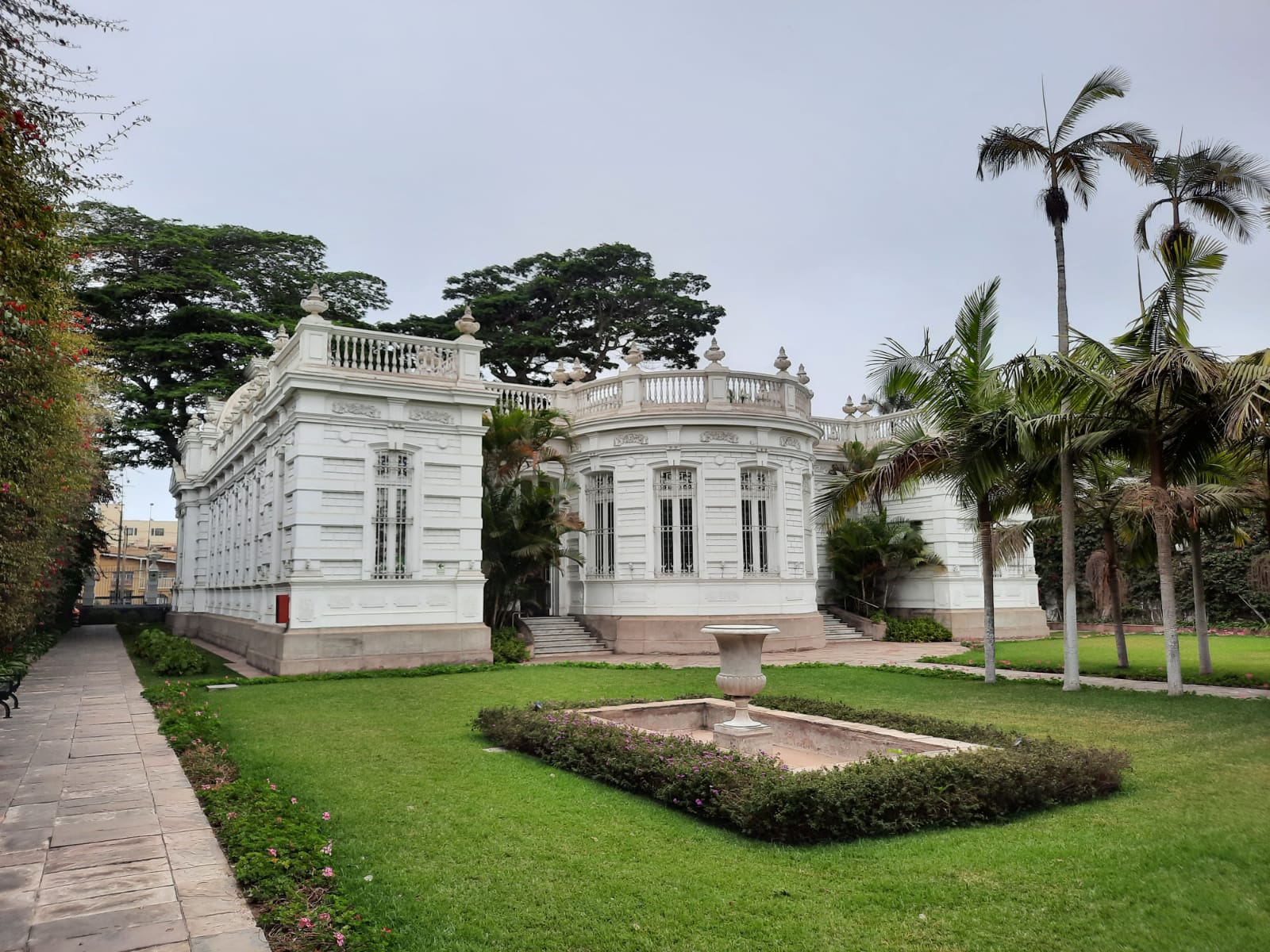
3 thoughts on “Museo Pedro de Osma, Lima”